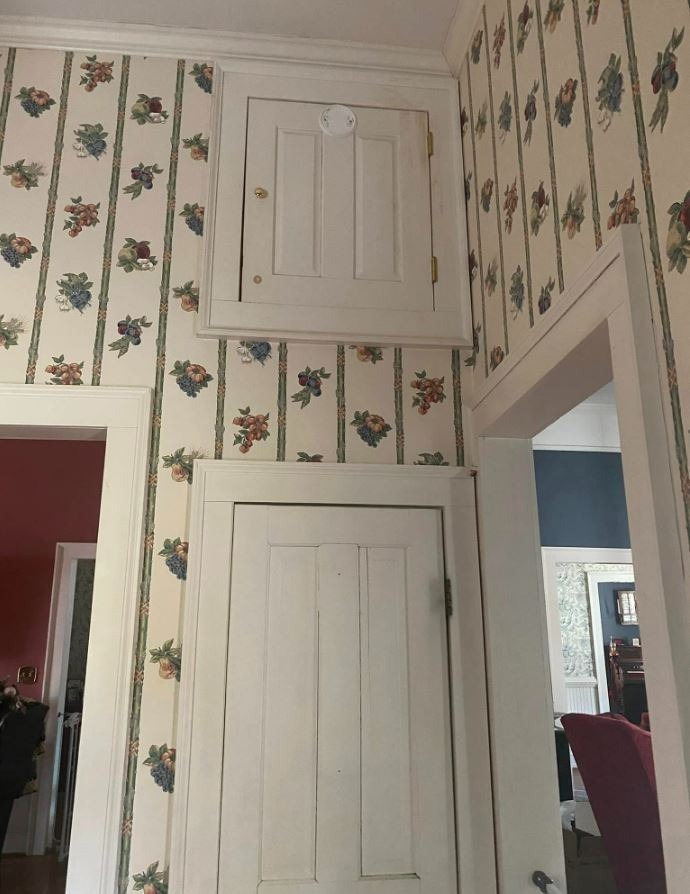ADVERTISEMENT
### **The Quirks of Old Farmhouses: A Walk Through Time**
Old farmhouses, especially those built in the late 1800s, were designed with function in mind. Back then, homes were more about practicality than aesthetics. The goal was to create a space that could withstand the test of time and provide the essentials for a hardworking family. But over time, as design trends evolved and modern conveniences became more accessible, these houses began to evolve, too. The charming quirks that were once born out of necessity have now become beloved features that tell the story of the home’s history.
Farmhouses from the 1890s were designed to accommodate large families and provide storage for the many items required for farm life. Kitchens were built to handle a variety of cooking methods—wood stoves, coal ovens, and even open-hearth cooking. Pantries were often large, functional spaces that helped store dried goods, preserves, and all the items needed to feed a family through the colder months. However, as any farmhouse owner knows, storage wasn’t always available in the most convenient places.
This is where things like high cabinets, odd corners, and hidden spaces come into play. Spaces like these may seem impractical now, but they once served a purpose. Whether it was to store bulky or infrequently used items, or just a spot for something to go out of sight, these cabinets tell a story of the home’s purpose and function. And who knows—perhaps that high cabinet above your pantry has its own tale to tell!
—
### **The Origins of High Cabinets in Older Homes**
It might seem unusual to have a cabinet placed high above a pantry where it’s hard to reach. However, many older homes were built with unique storage solutions, often to maximize space or for very specific uses. In the case of high cabinets, there are several reasons why they may have been built in this way.
#### **1. Maximizing Storage in Limited Spaces**
One of the most practical reasons for building high cabinets in older homes was to maximize available space. In many farmhouses, especially in kitchens and pantries, there was a premium on storage. These homes were designed to store all kinds of goods—flour, sugar, preserves, canned goods, and even dried herbs or grains. While the pantry may have been large, there were also things that people didn’t need to access daily. For these items, placing them in cabinets above eye level was a great way to keep them out of the way but still accessible when necessary.
People also had fewer modern storage solutions like built-in shelves or cabinets with multiple compartments. Instead, they utilized the space above and below eye level to their advantage. Items that weren’t needed frequently could be stored in high cabinets, making use of the space above without interfering with daily use. This allowed for better organization of other, more frequently used items that needed to be kept at arm’s reach.
#### **2. A Place for Special or Infrequent Items**
While high cabinets might seem impractical today, in the past, they were often used to store items that didn’t need to be accessed on a daily basis. These might include special dishes, servingware for holidays or special occasions, or even items that were considered seasonal. If you think about it, certain goods, such as extra bags of flour or sugar, would only need to be accessed during specific times of the year, like harvest or holiday baking season.
Old farmhouses often had a lot of specialized tools and utensils that weren’t used regularly. These might have included things like baking dishes, canning supplies, or seasonal decorations. Storing these items out of sight in high cabinets kept them organized and prevented them from cluttering up the spaces used for everyday food prep and cooking.
For Complete Cooking STEPS Please Head On Over To Next Page Or Open button (>) and don’t forget to SHARE with your Facebook friends
